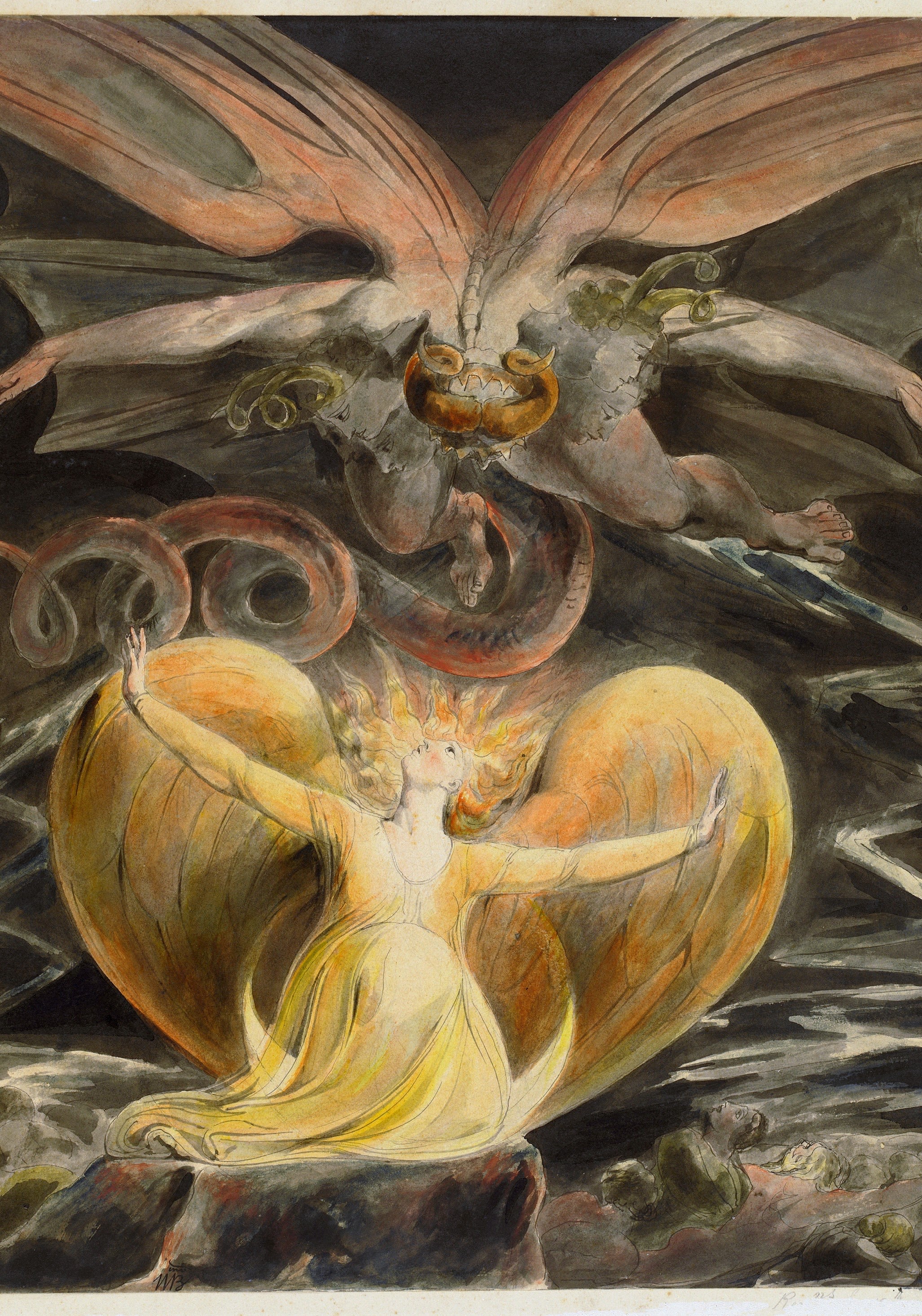


Are you sure you want to reset the form?
Your mail has been sent successfully
Are you sure you want to remove the alert?
Your session is about to expire! You will be logged out in
Do you wish to stay logged in?
Compare commentaries on the same passage of the New Testament from two different products on Theology & Religion Online: the Anchor Yale Bible Commentaries and the brand new digital collection, Eerdmans Bible Commentaries: New Testament. For the first time, commentaries from these two prestigious publishers are fully indexed and cross-searchable on one platform. Ask your librarian about getting access to the collections and learn how to request a free trial here.

This passage tells the story of Jesus’ birth in a manger in Bethlehem, beginning with the census of Caesar Augustus which prompted Joseph to bring the pregnant Mary to his hometown, and ending with the adoration of the shepherds to whom an angel had appeared announcing the good news.
Read the commentary on this passage from the Anchor Yale Bible Commentary.
Read the commentary on this passage from The Pillar New Testament Commentary, one of the series in the new collection Eerdmans Bible Commentaries: New Testament.

The prologue to Mark’s Gospel introduces Jesus as the Son of God and relates the story of Jesus’s baptism by John the Baptist, in which God the Father affirms Jesus’s identity as His son. Mark tells that following His baptism, Jesus is tempted in the desert by Satan for forty days and emerges victorious.
Read the commentary on this passage from the Anchor Yale Bible Commentary.
Read the commentary on this passage from The New International Commentary on the New Testament, one of the series in the new collection Eerdmans Bible Commentaries: New Testament.

This passage of John’s Gospel describes Jesus’s first public miracle during a wedding feast at Cana. When the wine runs short, Jesus turns water into wine to replenish the stocks at His mother’s behest, marking the beginning of a series of miracles which reveal His identity.
Read the commentary on this passage from the Anchor Yale Bible Commentary.
Read the commentary on this passage from Eerdmans Critical Commentary, one of the series in the new collection Eerdmans Bible Commentaries: New Testament.

These chapters are known as ‘Letter E’ and are widely believed to have originated as a separate letter to the preceding nine chapters (‘Letter D’) because of their marked shift in tone from joy to admonition. In ‘Letter E’, Paul relates the story of the exodus from Israel as a warning for the Corinthians to learn from the mistakes of their ancestors.
Read the commentary on this passage from the Anchor Yale Bible Commentary.
Read the commentary on these chapters from The New International Commentary on the New Testament, one of the series in the new collection Eerdmans Bible Commentaries: New Testament. This commentary defends the idea that these chapters did not originate as a separate letter to the preceding nine.

This controversial book of the Bible was written in the first century AD as an address to Christian communities in Asia Minor.
Explore the Anchor Yale Bible Commentary on Revelation, which provides richly textured descriptions of the book’s setting and language, and read the Introduction to the commentary for a historical overview of the text’s provenance and reception.
Read the commentary on Revelation from Eerdmans Commentary on the Bible, one of the series in the new collection Eerdmans Bible Commentaries: New Testament.
If you’ve enjoyed this taster of what Theology & Religion Online has to offer, why not let your librarian know about the collection? Recommend it to your librarian here.
Join the Theology & Religion Online community and receive updates about all the collections in our monthly newsletter. Subscribe here.